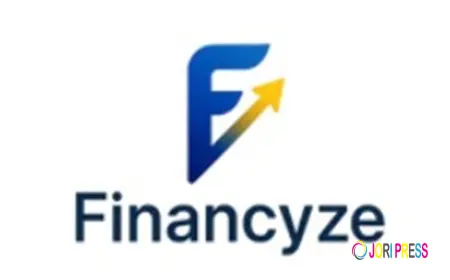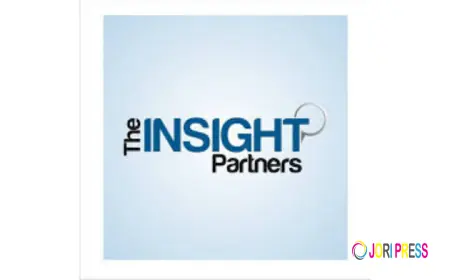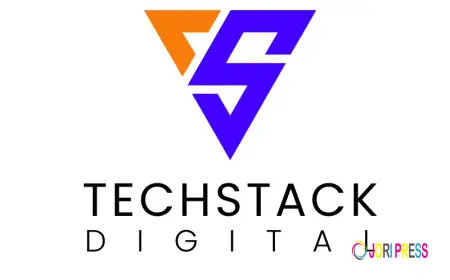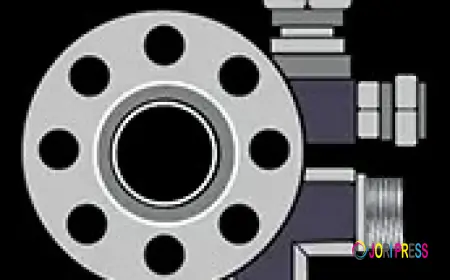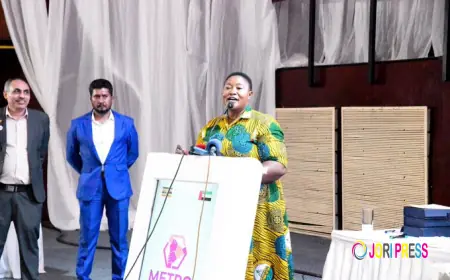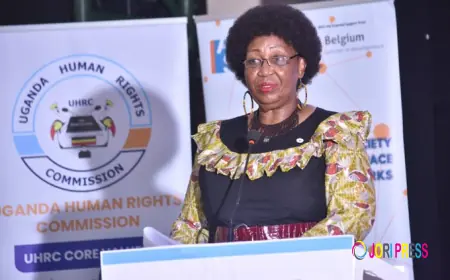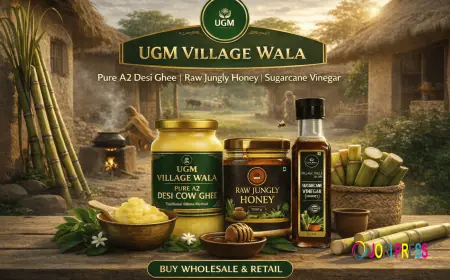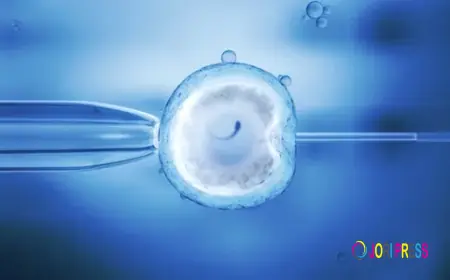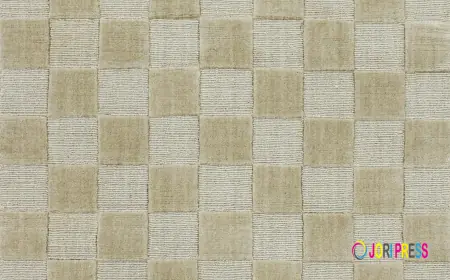Egypt Textile Chemicals Market: Colorants Lead, Auxiliaries Follow
Egypt Textile Chemicals Market: Colorants Lead, Auxiliaries Follow
Egypt Textile Chemicals Market Analysis, Growth Outlook, Trends, and Forecast 2028
The Egypt Textile Chemicals Market is experiencing notable growth as Egypt’s textile and apparel industry modernizes and integrates advanced technologies. Historically recognized for its premium-quality cotton, Egypt has been a key player in global textile trade for centuries. Today, the sector is evolving into a diversified hub catering to domestic needs as well as international demand across Europe, the Middle East, and Africa. The demand for textile chemicals—spanning colorants, auxiliaries, and specialty formulations—is being propelled by both technological advancements and chaAnging consumer preferences. From eco-friendly chemicals to smart fabric treatments, Egypt is embracing innovations that align with global trends.
The market is being driven by several converging factors: rising demand for sustainable fabrics, expansion of technical textiles, adoption of digital printing technologies, and the shift toward performance-enhancing finishes. Despite challenges such as stringent environmental regulations and supply chain vulnerabilities, manufacturers are capitalizing on growing opportunities in both domestic and export markets.
???????? ??? ?????? ??????:- https://www.techsciresearch.com/sample-report.aspx?cid=15294#requestform
Government Policy Support and Industrial Initiatives
The Egyptian government has identified textiles as a strategic sector, offering high employment potential and a significant contribution to GDP. As part of Egypt Vision 2030, the state is investing in industrial parks, clusters, and export zones that integrate modern manufacturing and eco-friendly textile processes. Fiscal incentives, reduced tariffs on textile machinery, and land subsidies for industrial projects are strengthening industry competitiveness. Special economic zones are being developed to attract both domestic and international investment. Trade agreements such as the African Continental Free Trade Area (AfCFTA) and the EU-Egypt Association Agreement are providing Egyptian exporters with preferential market access, making compliance with international textile chemical regulations critical for exporters.
Export Competitiveness and Global Market Integration
Egypt’s geographical position offers a unique logistical advantage. Close proximity to European markets allows shorter shipping times compared to Asian suppliers, enhancing competitiveness. However, meeting stringent chemical safety and eco-labeling requirements remains essential to accessing these markets. Textile exporters are therefore increasingly dependent on certified, eco-friendly, and high-performance textile chemicals. Export-oriented factories are adopting modern dyeing, printing, and finishing chemicals that comply with the REACH and OEKO-TEX standards, ensuring Egypt’s textiles meet international consumer expectations.
Technology and Digital Transformation
Digital transformation is reshaping Egypt’s textile industry. Digital textile printing technologies, automated chemical dosing systems, and real-time process monitoring are reducing chemical waste while improving quality consistency. Artificial intelligence (AI) applications are being used to optimize color-matching, predict fabric shrinkage, and enhance product development. Enzyme-based chemical formulations and waterless dyeing techniques are gaining traction as part of sustainability efforts. Automation of auxiliary chemical application ensures precision in finishing processes, thereby reducing production costs and improving fabric performance. These advancements position Egypt as an emerging hub of technologically enabled textile production.
Changing Consumer Trends and Lifestyle Preferences
Global consumer preferences are rapidly evolving, and Egyptian manufacturers are aligning production with these shifts. Demand for smart fabrics, antimicrobial finishes, and UV-resistant textiles is growing due to heightened health awareness and lifestyle changes. The sportswear and athleisure segment is expanding, creating demand for moisture-wicking, stretchable, and performance-enhancing textiles. Rising consumer awareness of eco-friendly and ethically produced clothing is increasing reliance on biodegradable auxiliaries and natural dye alternatives. This trend directly influences the Egypt textile chemicals market, where manufacturers are compelled to innovate with green chemistry solutions.
Segmental Analysis: Ingredient Insights
Based on type, the Egypt Textile Chemicals Market is segmented into colorants, auxiliaries, and others. Among these, colorants dominate the market share due to their widespread application across apparel, home textiles, and industrial fabrics. Colorants not only enhance the aesthetic appeal of fabrics but also influence consumer purchase behavior by driving fashion trends. Auxiliaries are witnessing rising demand due to their role in enhancing fabric properties such as softness, durability, wrinkle resistance, and moisture management. Specialty auxiliaries with eco-certifications are gaining higher adoption due to compliance with export regulations. Other niche ingredients include finishing agents, water repellents, and flame-retardant chemicals, which are increasingly demanded by the technical textiles segment.
Application Landscape
By application, the market is categorized into technical textiles, home textiles, apparel, and others. Technical textiles lead this segment, driven by their growing adoption in industries such as automotive, construction, healthcare, and defense. For instance, healthcare textiles treated with antimicrobial and antiviral chemicals have gained traction post-COVID-19. Home textiles such as curtains, upholstery, and carpets continue to demand stain-resistant and flame-retardant chemicals. Apparel, being a core segment, is witnessing heightened demand for fashion-driven and functional chemical treatments.
Regional Market Overview
Northern Egypt, particularly Alexandria and the Nile Delta, remains a hub for cotton-based textile production. The region’s proximity to Mediterranean shipping routes strengthens its export competitiveness. The Greater Cairo region serves as the country’s largest industrial and commercial hub, with a concentration of garment factories, distributors, and chemical suppliers. Upper Egypt, meanwhile, is emerging as an industrial growth frontier, supported by government-backed textile clusters. Investments in these regions are expected to significantly enhance demand for textile chemicals across both basic and specialty segments.
Investment Opportunities and Private Sector Growth
The Egyptian textile chemicals sector offers strong investment opportunities due to its cost competitiveness and large domestic consumer base. International chemical companies are forming joint ventures with local players to localize production and reduce dependency on imports. Local entrepreneurs are entering specialized niches such as herbal finishing agents, biodegradable auxiliaries, and natural dye formulations. Venture capital and private equity firms are also beginning to explore opportunities in sustainable textiles and chemical innovation. With favorable labor costs and supportive policy initiatives, Egypt has the potential to emerge as a regional manufacturing hub for textile chemicals.
Competitive Landscape
The competitive landscape of the market is fragmented yet dynamic. Leading companies include General Chem Co Ltd., Obegi Chemicals Group, NEROL Manufacturing and Trading Co., Al Yousr Trading & Supplying Chemicals, and Orkila Egypt Chemicals SAE. These companies are focusing on expanding product portfolios, investing in R&D, and establishing strategic partnerships. Smaller enterprises are active in distribution and localized blending, providing customized solutions for small and mid-sized textile mills. Competitive dynamics are increasingly determined by sustainability credentials, customer service excellence, and compliance with global eco-labeling standards.
Sustainability as a Growth Driver
Sustainability is becoming a cornerstone of long-term growth in the Egypt textile chemicals market. Mills adopting eco-friendly solutions are cutting operational costs through reduced water and energy consumption, while simultaneously gaining market access to environmentally conscious buyers. Enzyme-based pre-treatment processes and bio-based dyes are increasingly being adopted. Egypt’s agricultural residues provide opportunities for indigenous bio-based chemical development, offering an edge in sustainable innovation.
Knowledge Transfer and Skills Development
Collaborations with international chemical companies and research institutes are enabling technology transfer in advanced formulations and green chemistry. Egyptian universities are expanding textile engineering and chemical technology programs to prepare a workforce capable of handling modern, chemical-intensive processes. Training in eco-compliance, waste treatment, and digital process management is being prioritized to bridge skill gaps.
Long-Term Market Outlook
The future of the Egypt Textile Chemicals Market is promising, driven by the convergence of sustainability, technological adoption, and policy support. Technical textiles, smart fabrics, and eco-friendly solutions will remain the primary growth drivers. Export competitiveness will increasingly depend on compliance with environmental standards and the ability to deliver innovative, high-performance fabrics. By 2028, Egypt could evolve into not only a textile exporter but also a regional hub for specialty textile chemical production.
???????? ??? ?????? ??????:- https://www.techsciresearch.com/sample-report.aspx?cid=15294#requestform
Website URL: https://www.techsciresearch.com/report/egypt-textile-chemicals-market/15294.html
Contact
TechSci Research LLC
420 Lexington Avenue, Suite 300,
New York, United States - 10170
Tel: +1-332-258-6602
Email: [email protected]
Website: www.techsciresearch.com
Source: India Titanium Dioxide Market
FAQs
Q1. What is driving the Egypt Textile Chemicals Market growth?
Answer: Rising demand for sustainable fabrics, technical textiles, digital printing, and performance-enhancing finishes.
Q2. Which segment dominates the market by type?
Answer: Colorants hold the largest share due to their widespread application and consumer-driven demand.
Q3. How does government policy support the market?
Answer: Through industrial parks, trade agreements, fiscal incentives, and infrastructure development.
Q4. What role does sustainability play in this market?
Answer: Sustainability is both a compliance requirement and a growth strategy, boosting adoption of eco-friendly dyes and auxiliaries.
Q5. Who are the key players in the market?
Answer: General Chem Co Ltd., Obegi Chemicals Group, NEROL Manufacturing and Trading Co., Al Yousr Trading & Supplying Chemicals, Orkila Egypt Chemicals SAE.
Q6. What is the outlook for the market by 2028?
Answer: Strong growth with Egypt emerging as a hub for sustainable and specialty textile chemicals, driven by global demand and policy support.
What's Your Reaction?
 Like
0
Like
0
 Dislike
0
Dislike
0
 Love
0
Love
0
 Funny
0
Funny
0
 Angry
0
Angry
0
 Sad
0
Sad
0
 Wow
0
Wow
0


